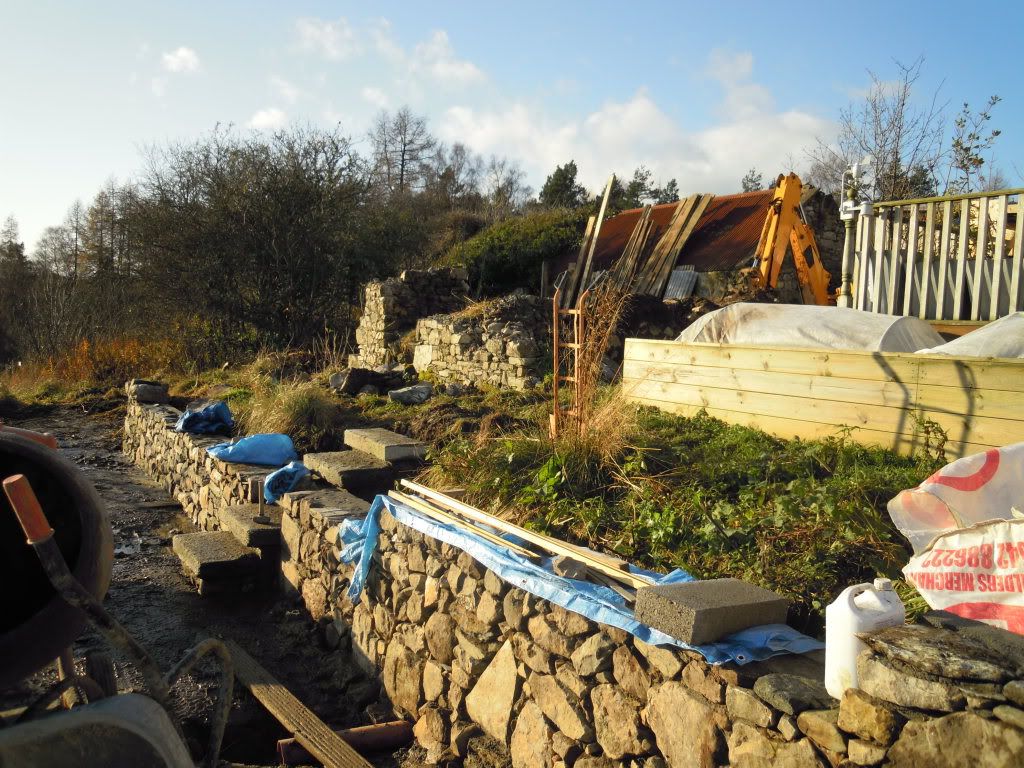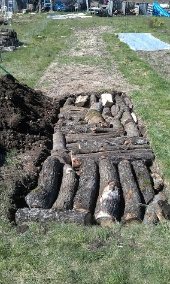









 2
2








raindog Hatfield wrote:Do the reverse, dig a deep hole and bury logs in it.


Baldwin Organic Garden Share Our home-based garden cooperative. Tribal Wind Arts Rustic Furniture & Artisan-Craftwork from reclaimed suburban trees








--
len
With peace and brightest of blessings,
"Be Content With What You Have And
May You Find Serenity and Tranquillity In
A World That You May Not Understand."
http://www.lensgarden.com.au/








gardenlen gardener wrote:yes julie they can,
we have been doing almost same for over a decade now, hugelkultur is nothing more than adding in chunky organic materila that may need shredding/chipping or dispoasl at the dump. we hide anything in the bottom of our beds, broken bricks, chunks of concrete tiles you name it. of course not everything breaks down
http://www.lensgarden.com.au/straw_bale_garden.htm
len




--
len
With peace and brightest of blessings,
"Be Content With What You Have And
May You Find Serenity and Tranquillity In
A World That You May Not Understand."
http://www.lensgarden.com.au/

























Julie Helms wrote:Thanks for the referral to the earlier thread, hozomeen. There was great thoughts there too (except I couldn't see your pics and I would have loved to!)
Did you continue to have a pill bug problem with that bed?
 1
1




It's time to get positive about negative thinking  -Art Donnelly
-Art Donnelly












 1
1




Lolly Knowles wrote:Lots of folks bury their beds. Especially in areas with limited rainfall and low water tables.
 with our constant downpours
with our constant downpours 









Never doubt that a small group of dedicated people can change the world, Indeed it is the only thing that ever has. Formerly pa_friendly_guy_here




Julie Helms wrote:Can hugelkultur and raised beds methods be combined? My dh is never going to let me put a (messy) 6' high mound in the backyard. But he is fine with a raised bed.




 1
1




 .
.




Charles Tarnard wrote:
I still need to cover crop that lower section with something, but next spring a bunch of annual veggies will be going there.





John Elliott wrote:
Charles Tarnard wrote:
I still need to cover crop that lower section with something, but next spring a bunch of annual veggies will be going there.
Strawberries! Definitely the yummiest of cover crops. And if it feels too decadent to have all those strawberries, then you can make the lower area do double duty by interplanting the strawberries with onions.
Looks nice!

|
Does this tiny ad smell okay to you?
The new kickstarter is now live!
https://www.kickstarter.com/projects/paulwheaton/garden-cards
|









